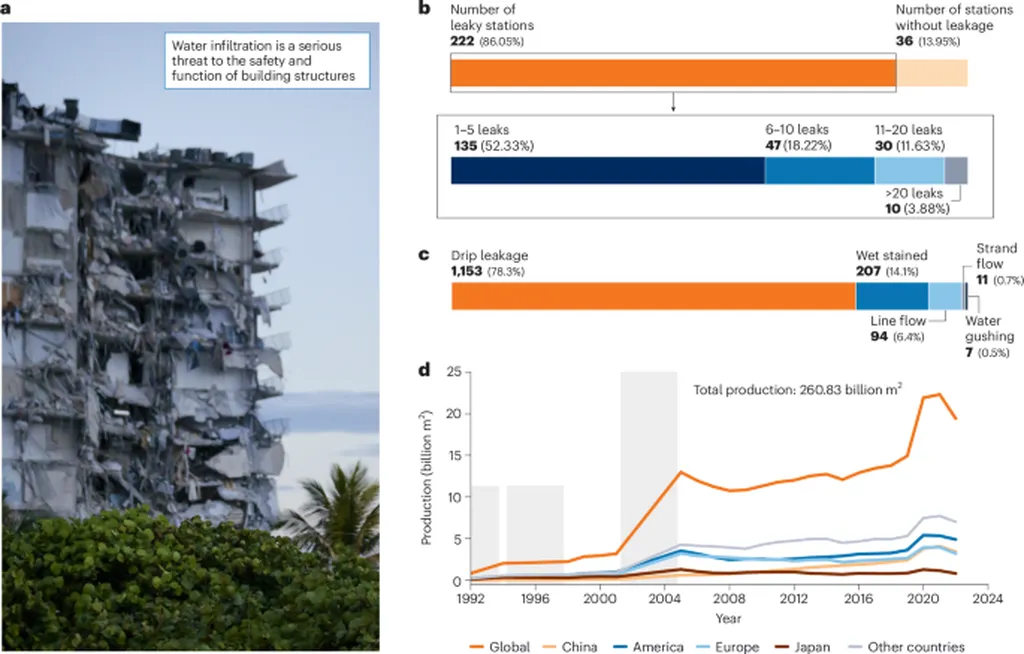In the quest for sustainable construction materials, a team of researchers led by Xiaochun Yu from the School of Transportation and Civil Engineering at Nantong University in China has made a significant breakthrough. Their work, published in the journal *Buildings* (which translates to “Buildings” in English), focuses on artificially cemented granular (ACG) materials, offering a promising solution for low-carbon construction projects.
ACG materials, which include cemented soil, low-cement-content cemented sand and gravel (LCSG), and concrete, have long been recognized for their potential in dam construction and foundation reinforcement. However, their diverse combinations of aggregates and binders have made it challenging to predict their mechanical behavior accurately. “The heterogeneity of these materials has been a significant hurdle,” explains Yu. “Each variant behaves differently under stress, making it difficult to apply a one-size-fits-all model.”
To address this issue, Yu and his team systematically analyzed the stress-strain and volumetric strain-axial strain characteristics of ACG materials under conventional triaxial conditions. They employed generalized hyperbolic and parabolic equations to describe these curves and proposed closed-form expressions for key mechanical indices such as peak strength, elastic modulus, and shear dilation behavior.
Building on generalized plasticity theory, the researchers derived the plastic flow direction vector, loading direction vector, and plastic modulus. This foundation allowed them to develop a concise, transferable elastoplastic model suitable for the full spectrum of ACG materials. “Our model is designed to be versatile,” Yu notes. “It can be applied to a wide range of ACG materials, from rock-fill to cemented coal-gangue backfill.”
The model’s accuracy was validated against triaxial data for various ACG materials, demonstrating high precision in predicting stress and deformation paths. Quantitative evaluation showed that the model predicts peak deviatoric stress with an error of just 1.36% and peak volumetric strain with an error of 3.78%. The coefficients of determination (R²) between the predicted and measured values were an impressive 0.997 for peak stress and 0.987 for peak volumetric strain.
The implications of this research are far-reaching, particularly for the energy sector. As the demand for sustainable and low-carbon construction materials grows, ACG materials—especially those with low cement content and locally sourced aggregates—offer a viable alternative. “This research provides a unified theoretical basis for deploying ACG materials in low-carbon dam construction, foundation rehabilitation, and other sustainable civil engineering projects,” Yu explains.
The commercial impact of this research could be substantial. By providing a reliable model for predicting the mechanical behavior of ACG materials, the research paves the way for more widespread adoption in the energy sector. This could lead to significant cost savings and reduced environmental impact, as these materials are often sourced locally and require less cement, thereby lowering the carbon footprint.
As the construction industry continues to evolve, the need for sustainable and efficient materials will only grow. Yu’s research offers a promising solution, one that could shape the future of low-carbon construction and foundation reinforcement. With the publication of this study in *Buildings*, the stage is set for broader applications and further advancements in the field.

